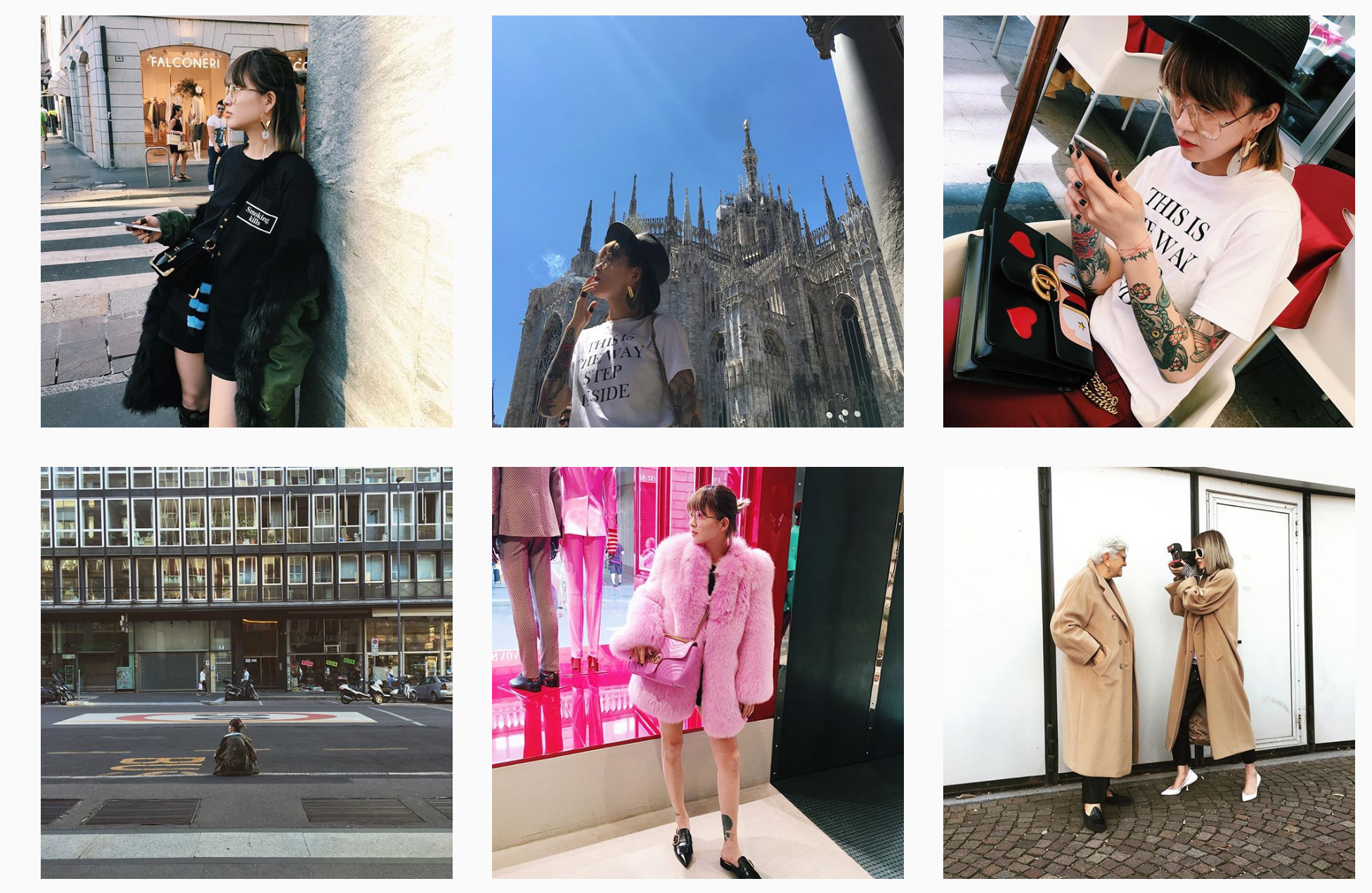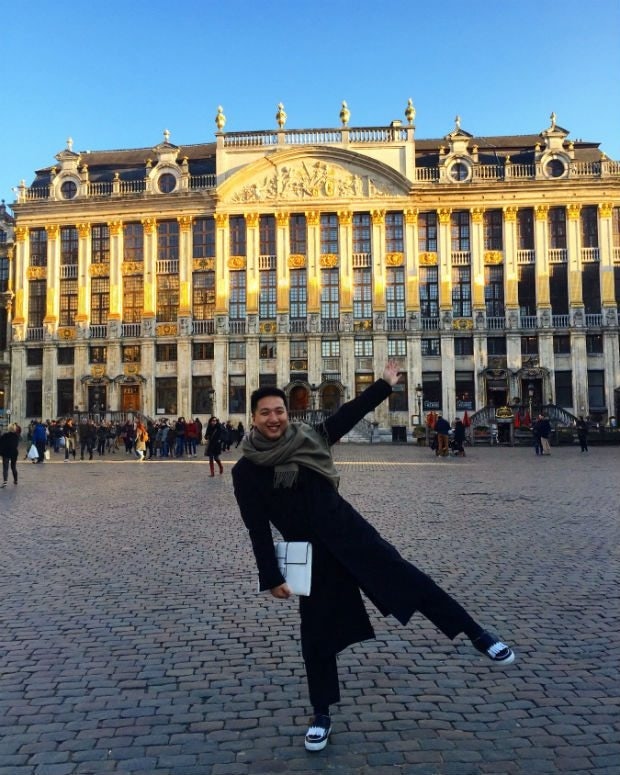As the founder of Shanghai-based luxury communications agency Reuter Communications in 2010, CEO Chloe Reuter has been on the front lines of the rise of China’s KOL culture on social media.
Boasting an impressive lineup of top global luxury brands, including Dolce & Gabbana, Harrods, Sotheby’s, Porsche, and Ritz-Carlton, her firm tracks and responds to developments in the world of China's online influencers as they rapidly proliferate. Unlike traditional celebrity brand ambassadors, dealing with Chinese key opinion leaders (KOLS) such as fashion bloggers can be a marketing "Wild West," with a massive number of fake KOLs trying to get perks with purchased followers and a savvy young audience that only responds to content they find authentic.
Jing Daily caught up with Reuter to get her take on these developments in this rapidly changing industry, including how brands can build strong relationships with effective KOL ambassadors and how the rise WeChat and “micro-influencers” is changing they way they approach digital marketing.
There have been many reports of Chinese consumers’ growing knowledge of brands and interest in less bling and more unique style. Have you noticed this as a trend and how much has it affected luxury brands’ China marketing strategies?#
Absolutely—the development of a sophisticated luxury consumer in China means that there has been a definite shift away from “bling.” Over the last 10-15 years, we’ve witnessed the evolution of luxury in China: from bling (status seeking and validation), through to trend-setting (pride from early adopting) and experiential (indulgence and experience-seeking), to the stage where we are now, discernment (connoisseurship and knowledge).
Certain brands have come to the fore as consumers look for niche and more unique options to portray their individuality. This has given opportunity to brands across sectors such as fashion, travel, art, and many others. Naturally, marketing strategies have changed accordingly. The last couple of years have seen brands placing a growing emphasis on storytelling, experiences, and initiatives, which are far more about long-term relationship building, rather than trying to lock in a sale. With such educated customers in China today, a brand name alone is not enough to draw in the customer.
How important are KOLs as part of a luxury brand’s overall marketing strategy in China?#
There is a huge amount of hype in China around KOLs. Every brand I talk to wants to know how to work with KOLs, and every brand dreams of connecting to luxury consumers through social media. China’s digital landscape is unique, and this applies to KOLs too. The KOL market has become a business in its own right, and key KOLs can charge astronomically high fees too.
Before doing anything with KOLs, the key is first to ask yourself a few questions: what is the objective of engaging a KOL? What would success look like? Are you looking for brand awareness, for sales or even for a change in positioning?
Any brand should tread carefully with KOLs, not just luxury brands. Consider the fact that many top KOLs will endorse a different brand each day of the week—do we really believe that their followers will flock to stores and purchase as a result? In the luxury space, a lot of consumers are very savvy. They observe and follow KOLs but will also rely on friends and media for information and advice.
The most important thing is for luxury brands to develop real relationships with their preferred KOLs, in the same way that they would with brand ambassadors. Take time to meet them, to connect and educate them about the brand. Make them fall in love with it. Look at your relationship as a long-term one rather than a “one-post” one.

How does their importance compare to social media influencers and bloggers in other countries?#
All over the world there are social influencers today. China is different for a number of key reasons. Firstly, its KOLs and celebrities are primarily known and appreciated only by Chinese; ask anyone in Europe and America to name a Chinese KOL and they will likely struggle. Secondly, the social media channels like Weibo and WeChat (Weixin) and not well-known and not thoroughly understood in other markets. I’m thinking of WeChat here; it’s hard to exaggerate how far ahead WeChat is of other social media platforms. Lives in China can be literally lived entirely through WeChat (almost!). Lastly, the sheer numbers of fans and followers is mind-boggling. But don’t be fooled by numbers…
Has the rise of WeChat changed the ways in which KOLs are used for marketing?#
WeChat has had a huge effect on many areas of life in China, and that includes how brands market themselves too. Unlike Weibo, which is an open platform, WeChat allows users to have a much more personal connection with the people they follow, who they may consider a trusted source of knowledge and guidance. Advertising from KOLs can be presented as a product review, or include discounts to incentivize conversion.
As WeChat is one of the most-used social media platforms in China, using KOLs to post on their “Moments” and promote products is a good way for brands to increase visibility on social media. Message pricing can vary massively among KOLs, affected factors from average view figures, number of followers and position of the message, to the time of delivery and amount of promotional content that’s included.
How important is Weibo for luxury brands’ marketing strategies compared to WeChat in 2016?#
Weibo and WeChat each have their own unique advantages and purposes. If used well, they are both powerful marketing tools. There has been a lot of talk about Weibo losing ground to WeChat, but it’s important to remember that they are different. Weibo is an open platform, and is really used for information gathering. It’s also very useful when you want to generate buzz for a major engagement campaign, and certainly consumers still check Weibo when looking up reviews of products, etc. The use of either platform once again depends on what a brand’s objectives are.
Are there any other Chinese social platforms that brands should be focusing on?#
We’ve seen a lot of new platforms come and go in a short space of time, but for the moment, Weibo and WeChat are still very much at the top of the game. There are always new platforms gaining traction, as we can see with live-streaming and photo-sharing apps like NICE, Show, Meitu Pic, and Meipai.
Live streaming of runway shows, new collections, styling sessions, vloggers, and boutique tours are all ways brands can leverage these platforms to really see marketing results. Immersive video apps, 360-video, GIFs and cinemagraphs (blending photo and video) are also getting a lot of engagement, and are a good tool for fashion brands to really amplify their products and break away from static content.
We’ve been reading a lot about the rise of “micro-influencers” in contrast to KOLs. Do micro-influencers differ in any significant ways and are they actually useful for brands?#
Big luxury brands with deep pockets have been using KOLs in China for a while. It’s easy to be swayed to pay out a lot of money to work with those who have millions of followers. However, I’m a huge fan of using micro-bloggers.
Whilst celebrities and high-profile influencers can speak to a nationwide or international Chinese audience, brands can actually gain a lot of value by reaching a more targeted audience—through these micro-bloggers. Grassroots KOLs or micro-influencers might have fewer followers, but those followers are often more loyal and responsive to the KOL. They might not have such a wide reach, but they are more focused, local and regional, making them a perfect channel for brands looking to hit a specific niche audience, whether that is art, culture, fashion, fine wine, luxury travel, business, entrepreneurship, society, food, or travel. Research the right micro-influencers for your brand!

Who are some of the most interesting Chinese KOLs on your radar when it comes to luxury?
The KOL landscape is very fluid and constantly changing. One thing is sure: there are A LOT of KOLs. It’s very much in vogue to become a KOL. Big KOLs make it look very easy and this is swaying a lot of people to try their luck. The Condé Nast School of Fashion and Design in Shanghai is even be running a course on “how to be a KOL” this summer. Many media are gravitating towards being KOLs too.
For luxury brands, the big KOLs will bring quick awareness. But I believe the most interesting KOLs are the credible ones, and not just “famous for being famous” ones. If you walk into a luxury shop you expect the staff to know the brand and products inside out. Similarly KOLs should be knowledgeable and trusted to choose the best in class brands and products to work with. One example is Mr. Bags (包先生), who has become the authority on handbags in the market, and spends ample time studying and learning about bags, the craftsmanship, visiting the ateliers. The fact that he is a Columbia University graduate helps with credibility too. We have worked very successfully with him for some of our clients.
How can luxury brands determine if a KOL actually has influence over a large number of relevant followers?#
Don’t be impressed by the large follower numbers; focus on the engagement instead. There are a couple of ways to track ROI in a quantitative way. For example, give KOLs a unique QR code which they can embed in their post. In order to claim the special offer or discount in store, the customer will use that QR which is linked to the KOL. This gives brands one way of measuring how effective KOLs really are.
